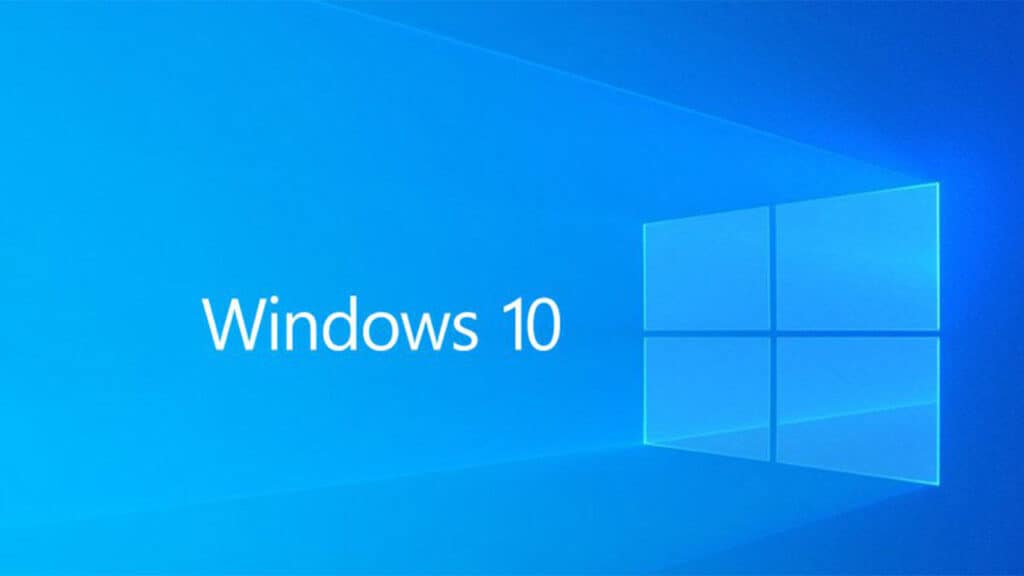You eventually need to remove the certificate if it is present in Windows 10. The trust is created by the digital certificates. The certificate is no longer useful if it gets stolen or attacked by a malicious third party or simply expired. Depending on the situation, it can be downright dangerous. You need to distrust and remove the questionable certificate very soon if you have any suspicions that the certificate gets compromised. Never leave yourself open to threats such as man-in-the-middle attacks or malware deployment. Windows 10 is the most widely used desktop window in the present time.
Certificates Management in Windows 10
Warning: You need to be aware of the problems that can arise from manual modifying certificates before performing any particular steps of removing the certificates from Windows 10. Specifically, be careful before dealing with root certificates because messing with them can create lots of serious and unexpected issues. Before doing any steps mentioned below, it is recommended to perform a backup before so that you are aware of the wrong actions and protect from them.
The steps which you need to follow for removing the certificates are:
To manage the certificates on the Windows 10 machine, then use Microsoft Management Console (MMC). There are three different types of certificate store in the view of MMC which shows a different scope:
- Local computer – This will show all the users about all the certificates on the device.
- Current user – The certificate is only related to the current user account on the device.
- Service account – This is only for the certificates that are related to the specific service on the device.
The setup steps view is mentioned below apart from which view in the certificate store:
- Click the Windows icon on the taskbar and launch MMC and search for MMC. A toolbox icon appears with the MMC text and you need to click on that to open it.
- After that, you have to add the snap-in certificate to MMC that helps to remove the certificates from Windows 10. The different toolsets show by snap-ins allow for several functionalities within MMC. The Certificates are mentioned in the left column. Select it and click Add to move it to the right column and then at last click OK.
- Next, you have to decide the certificate scope which you need to manage with MMC. To view certificates, choose a Computer account for all users present on the machine and then click Next.
- Select the Local computer option that appears in the next window.
- To close the snap-in manager screen, click on Finish and OK. The list of certificates appears on your local machine in the left-hand column of MMC.
- Search for the certificate which you want to remove.
- To locate the certificate in question, you need to use the list of folders display on the left side. It should be listed under “Third-Party Root Certification Authorities”.
- Right-click on the certificate which you want to remove and click on Properties. A section named Certificate purposes appears in the General Tab. Click on the radio button saying ‘Disable all purposes for this certificate and at last, hit Apply option.
- The final step is to restart the machine and processing is completed.
To remove certificates from Windows 10, you can repeat the same process regardless of the certificate type.
How to Best Manage your Certificates?
Some certificates were listed in MMC. The default certificates appear in the list and these come from the standard installation of Windows 10. If any organization is using digital certificates across the various networks, then the number of listed certificates will be more. If you don’t have so much to deal with and want to remove certificates from Windows 10 then the manual method for managing the certificate can work.
The highly recommended platform for certificate management is DigiCert CertCentral or Sectigo Certificate Manager. The certificate management platforms help to save time and money also avoid human errors that can come while opening up to the threat of data breaches.


